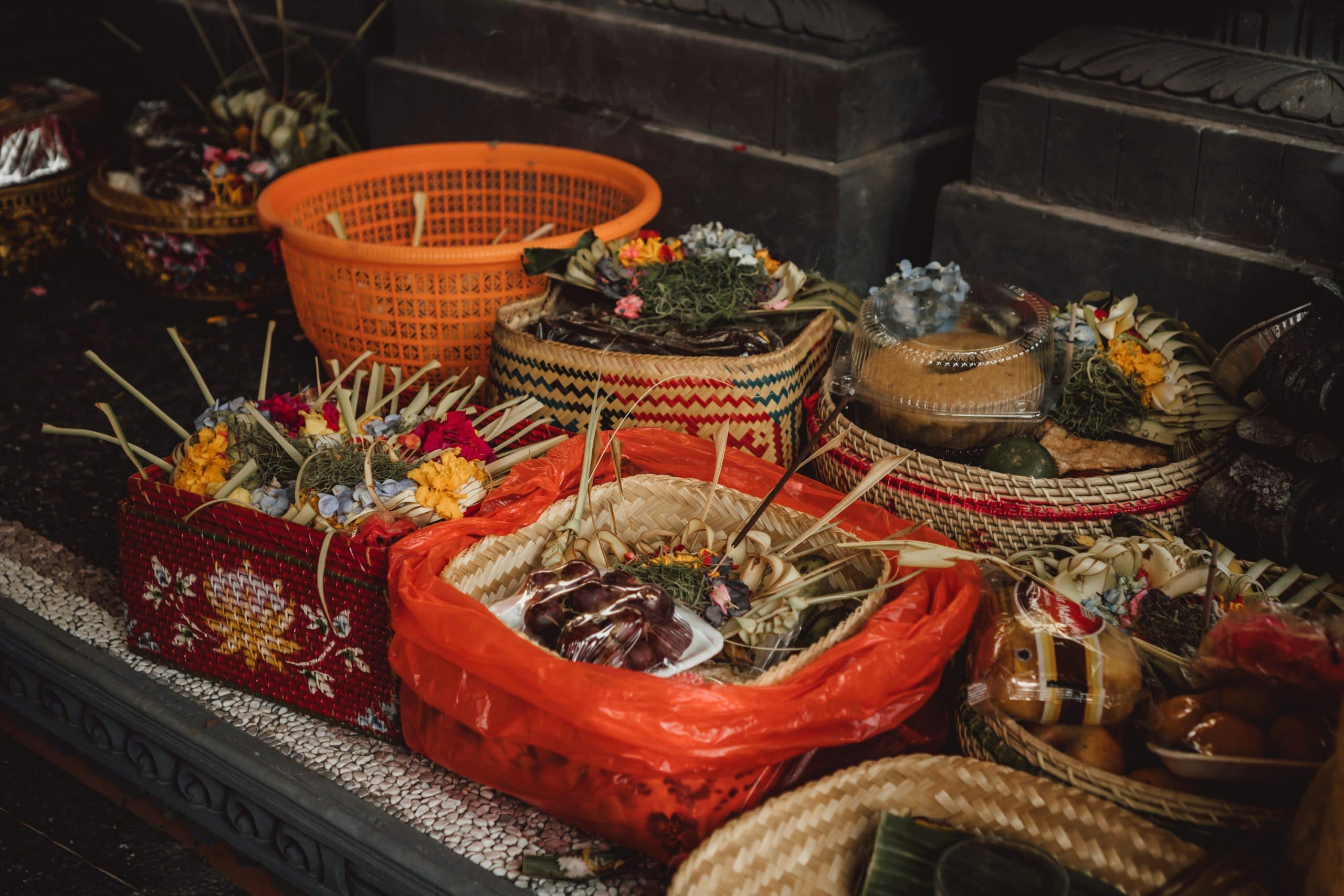Middle Eastern Abayas: Tradition Meets Avant-Garde Tailoring
Welcome to the world of Middle Eastern fashion, where tradition meets avant-garde tailoring. For centuries, the abaya has been a staple garment in the region, serving as a symbol of modesty and cultural heritage. But in recent years, designers have taken this traditional garment to new heights, combining traditional elements with modern and innovative techniques. In this article, we will explore the evolution of the Middle Eastern abaya, and how it has become a mainstay in the fashion world, appealing to both traditional and fashion-forward individuals.
The History of the Abaya
The abaya has been worn by women in the Middle East for centuries, with its origins dating back to the pre-Islamic era. It is a long, loose-fitting outer garment that covers the entire body, aside from the hands, feet, and face. Traditionally, abayas were made from black fabric and had no embellishments, serving as a symbol of modesty and cultural identity.
Over time, the abaya has evolved to reflect the changing times and fashion trends. In the 20th century, oil-rich Middle Eastern countries experienced a surge in wealth, leading to an increase in fashion-conscious individuals. This, coupled with the influence of Western fashion, resulted in a modern and more refined version of the traditional abaya.
A New Era of Abaya Designers
In the 21st century, a new wave of designers emerged, challenging the traditional concept of the abaya and introducing avant-garde styles. These designers combined their knowledge of traditional techniques with modern fabrics and silhouettes, creating unique and eye-catching designs that still maintained the essence of the abaya.
One such designer is Dubai-based Madiyah Al Sharqi, who is known for her luxurious and contemporary abaya designs. Her collections often feature intricate embroidery, delicate draping, and unexpected materials such as lace and velvet, giving a modern twist to this traditional garment.
Tradition Meets Avant-Garde Tailoring
The fusion of traditional and modern elements can also be seen in the work of London-based designer Noha Rahhal. She draws inspiration from her Middle Eastern heritage and blends it with her European upbringing, resulting in abayas that are both elegant and edgy. Rahhal experiments with different fabrics and cuts, creating abayas that are versatile enough to be worn for both formal and casual occasions.
Iranian designer Paria Farzaneh is another name that has been making waves in the fashion world with her unique abaya designs. Her signature style combines traditional Persian motifs with contemporary techniques, resulting in striking and unconventional abayas that are popular among the younger generation in the Middle East.
The Abaya Goes Global
Thanks to the rise of social media and an increasing interest in modest fashion, the abaya has gained popularity globally. High-end fashion brands such as Dior and Dolce & Gabbana have incorporated the abaya into their collections, showcasing the global appeal of this traditional garment.
Furthermore, influencers and fashion bloggers from different parts of the world have also embraced the abaya, incorporating it into their personal style and showcasing its versatility and beauty to their followers.
The Future of the Abaya
The abaya continues to evolve, incorporating new elements and techniques, while still staying true to its traditional roots. As the fashion world becomes more inclusive and diverse, we can expect to see even more innovative and boundary-pushing designs from Middle Eastern abaya designers, appealing to a wider audience and redefining the concept of modest fashion.
In conclusion, the Middle Eastern abaya is no longer just a symbol of tradition and modesty but a fusion of tradition and avant-garde tailoring. Its timeless appeal and ever-evolving designs make it a mainstay in the fashion industry, proving that tradition and innovation can coexist seamlessly.










